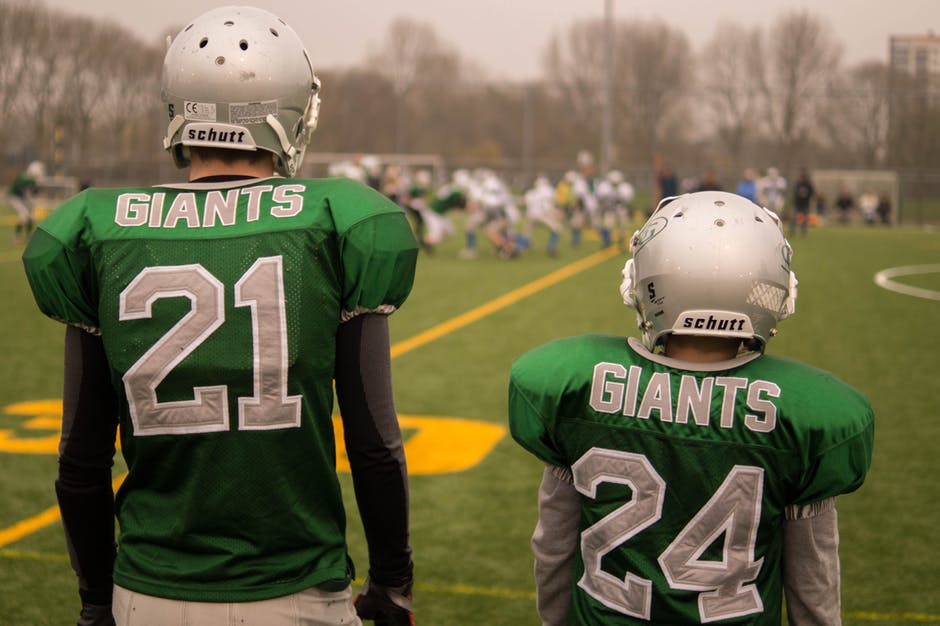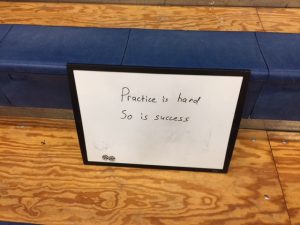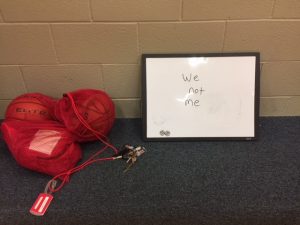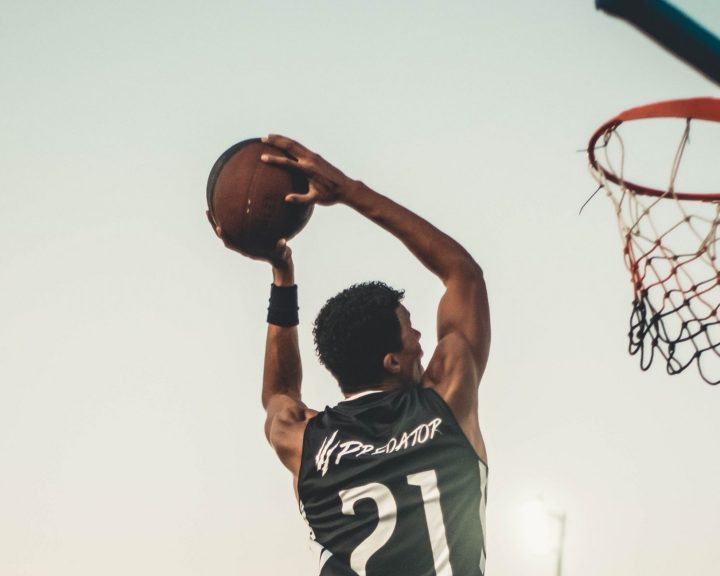I’ve always been a good technical and teaching coach. I have always had a gift for teaching and correcting skills and for the x’s and o’s. What I’ve been challenged with is the team building side of thing; I think it takes time and experience to figure that out.
With this article, I’d like to share some things that I’ve found work for me.
Common experiences:
This can also be thought of as shared suffering. The point here is to create experiences that the entire team goes through, together. There are several ways that I approach this.
First is through our warm-up. Our warm-up for practices consists of calisthenic exercise that are done to the numbers, with everyone moving together. In other words these are done military style. Not only is everyone moving together, but everyone counts them out loud together. Besides being something that we go through together, it also makes us stay on the same page from the very beginning of practice.
Themes:
I have themes during each week. Yes, teams do this for a season. Usually this coincides with shirts, signs/posters, and can even be found on workout cards. But I also do this each week and it reflects what I feel we most need to emphasize each week. For example, one of my basketball teams struggled early in a tournament a few weeks ago. It struggled because the team tried to change how they play basketball and instead of being about the pass, lay-ups, and having mid-range shooters my entire team decided to try to go down and shoot three’s – so we ended up turning the ball over a lot. We fixed it during the game, but it took a lot longer than it should have. As a result of that experience, my practice theme for the week was “We not me.”
With themes, keep them very short, a short sentence. These need to be memorable. After our warm-up we talk about the theme (which I write on a white board). Then at the end of practice we meet and sum up what we did, why we did it, and how it relates back to our theme.
Develop leadership:
One of my goals is to develop a team that has a high sports-IQ. What this means is that they understand what is going on in the game, understand what needs to be done, and is able to do it without a lot of yelling from me.
Basketball is a great example. Offensively we practice with part of our teams simulating the different defenses we face, everything from different zone defenses to man-to-man defenses. This is so when we get on the court and we see a 1-2-2 zone defense, we understand that we need to get the ball past the top defender who is probably the team’s best athlete. This is also helpful because it encourages communication during the game. This goes back to making sure we are all on the same page. I firmly believe that if you do your job during practice as a coach, then you should not have to do as much coaching during the game and instead focus on motivation and the x’s and o’s rather than teaching fundamentals and skills.
Drills and scrimmages reinforce identity:
My focus is team sports; baseball and basketball. While each individual has to perform, the teams have to work together and understand the situation in order to be successful. With that in mind, the drills and scrimmages that I put together are all designed to do several things; teach/reinforce specific skills, reinforce the need for teamwork and communication, and serve as a difficult but shared experience.
For example, sometimes teams get sloppy when they pass the ball in basketball. The passes aren’t crisp, we don’t throw to our team mate, or our team mate doesn’t hustle to get the pass. One way I like to address this is 3-on-3 scrimmages over half court. I’ll put in a rule that the team must pass the ball twice before attempting to score. This requires them to develop passing/catching skills, work on communicating with each other, forces them to work together, and this becomes a great conditioning tool as the scrimmage is very fast paced.





